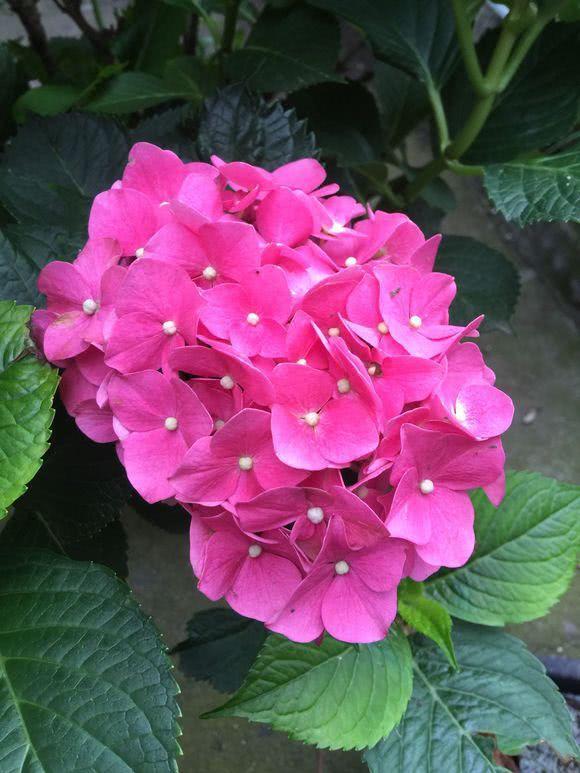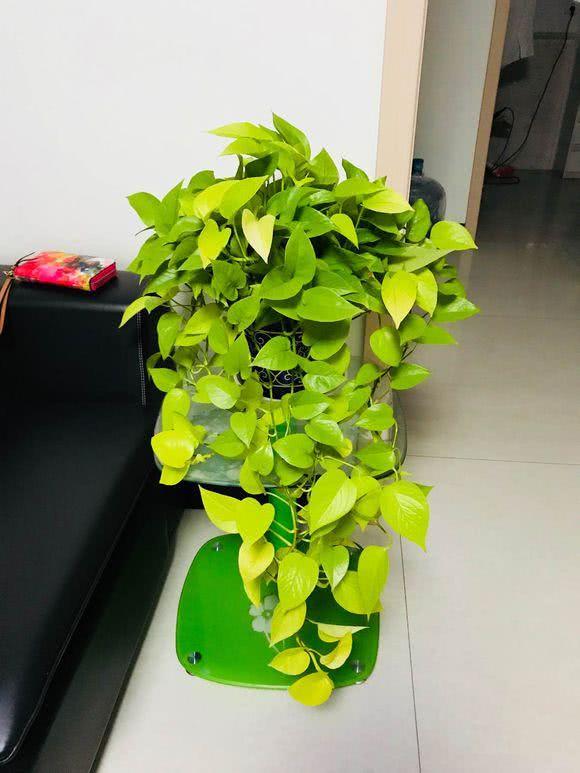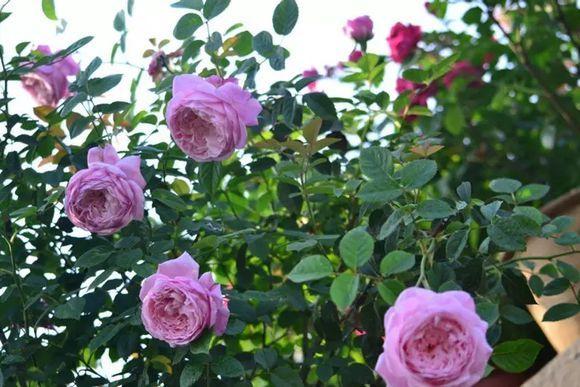Hydrangea doesn't blossom because you didn't trim it correctly when you trimmed it.

Didn't you say that hydrangeas should be trimmed if they want to blossom more? Why doesn't my hydrangea blossom? I have trimmed the old branches, weak branches and residual branches. That is because you did not divide the old branches and the new branches, so you pruned them together and listened to the flowers one by one.
Because hydrangea to blossom, to be divided into new branches and old branches, different varieties are different, to distinguish Austria, or cut wrong, it is normal not to bloom. Generally, new branches bloom, including big hydrangea, coarse tooth hydrangea, oak leaf hydrangea, endless summer hydrangea and so on. These varieties are easy to blossom when the new branches grow at the beginning of spring.
If you want a new branch to blossom, it is generally not recommended that it be pruned in spring, it can be pruned at other times, and it can also be pruned in winter, because pruning in winter can send out new buds in spring, that is, new branches, which are the main force of flowering. Hydrangea flowering of new branches should generally retain 2-3 bud points on the trunk, and the height of the plant should be about 10 centimeters from the ground. After winter, the buds are more full, ensuring that strong buds can grow in spring. There will be flowers on every branch. And endless summer hydrangea is a variety in which both new and old branches bloom, so pruning can be more casual.
Old branch flowering varieties, including tree hydrangea, cone hydrangea and rattan hydrangea and so on.
The requirements for the varieties of old branches to bloom are as follows: the branches that grow in spring will not blossom in that year, and they will not blossom until the spring of the following year, so when pruning, do not cut all the new branches, or the new branches will grow in the second year. Still can't blossom. For the flowering varieties of the old branches, after the front pruning is over, they can be trimmed a little in the winter to remove the weak and unattractive branches.
For the varieties of old branches that bloom, the flower buds begin to differentiate in late summer and early autumn and are usually pruned at the end of August. Generally, the branches with 2-3 nodes are retained and pruned after flowering. After flowering, 2-4 leaves are pruned. If you want the whole plant of Hydrangea to become smaller, you can cut it a little lower.
Conservation of flowers, fertilizer is very important, it is best to choose ecologically safe organic fertilizer, nitrogen, phosphorus and potassium content is rich and balanced, adding a variety of organic matter, minerals, amino acids, promote plant rub, more buds, more flowering, long florescence.
The second stage: autumn pruning, after the first stage of pruning, the new branches under the incision will soon come out, and the section below the incision will differentiate the flower buds that can blossom in the second year, and the second pruning will be carried out a little above.
- Prev

Water is not common water.
I believe there are many flower friends who raise green radish. This plant is easy to raise, but it is not easy to raise. There are also a large number of people who raise yellow leaves, rotten roots and wither. Today, Huahua introduces 2 kinds of water, ensuring that your home green radish grows super fast, super green...
- Next

Rose has the right taste. Its flowering period is longer than you think.
Rose florescence is very long, in the end how long, many flower friends do not understand, some flower friends said not to say that the moon is red? Why does my rose bloom once or twice and then stop blooming, with only long leaves and no flowering? what on earth is going on? Month.
Related
- Wuhan Hospital Iron Tree Blooming Result Was Instantly Frightened by the Gardener Master
- Which variety of camellia is the most fragrant and best? Which one do you like best?
- What is the small blue coat, the breeding methods and matters needing attention of the succulent plant
- Dormancy time and maintenance management of succulent plants during dormancy
- Minas succulent how to raise, Minas succulent plant pictures
- What are the varieties of winter succulent plants
- How to raise succulent plants in twelve rolls? let's take a look at some experience of breeding twelve rolls.
- Attention should be paid to water control for succulent plants during dormant period (winter and summer)
- Watering experience of twelve rolls of succulent plants
- Techniques for fertilizing succulent plants. An article will let you know how to fertilize succulent plants.

